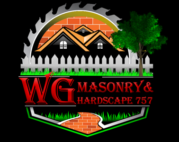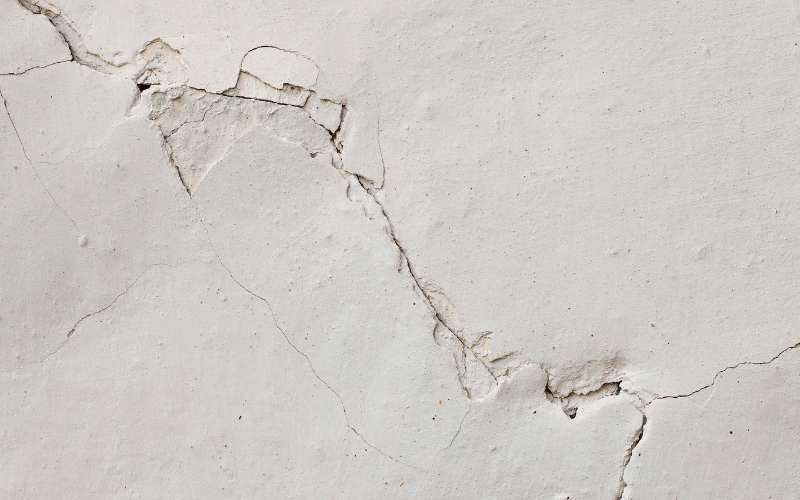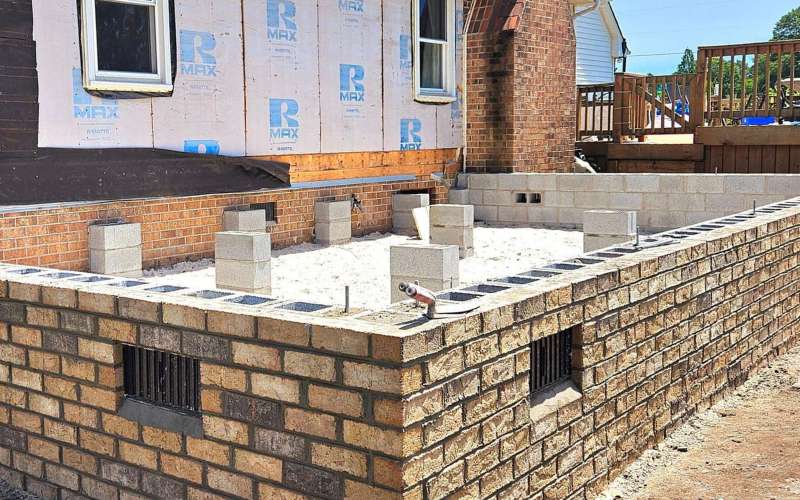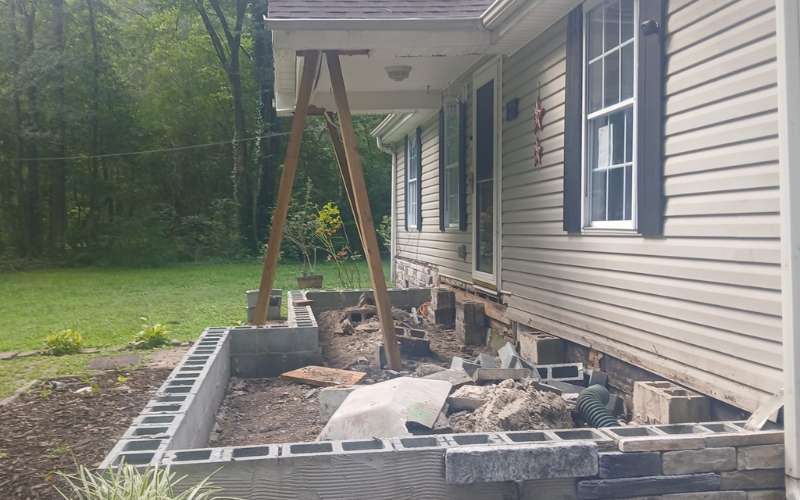Dealing with stucco cracks can be frustrating, especially when they appear unexpectedly. Understanding Different Types of Stucco Cracks and How to Handle Them is crucial for protecting your home’s exterior. Whether you’re a homeowner noticing small cracks or a contractor managing larger damages, knowing the causes and solutions can save you from bigger repairs down the line. In this post, we will explore various stucco cracks and offer practical tips for addressing them before they worsen.
Common Stucco Cracks: How to Identify and Repair Them
Stucco is a durable material, but over time, it can develop cracks due to various factors. Understanding Different Types of Stucco Cracks and How to Handle Them can help homeowners and contractors address potential issues before they escalate. Let’s explore the most common types of stucco cracks and the best ways to fix them.
Hairline Cracks
Hairline cracks are among the most common types of stucco cracks. These cracks are typically very thin and may be hard to notice at first. Despite their small size, they can lead to bigger problems if ignored.
- Causes: Hairline cracks are often caused by natural settling or minor shifts in the building’s foundation.
- Solutions: These cracks can usually be filled with an acrylic caulk, which is flexible enough to move with the structure as it continues to settle. Regular inspections can also help catch these cracks early.
Spider Cracks
Spider cracks, also known as map cracking, form patterns that resemble a spider’s web. While these cracks may look severe, they are usually superficial.
- Causes: Spider cracks are often the result of improper curing or the use of a poor-quality stucco mix.
- Solutions: In many cases, spider cracks can be repaired by applying a new layer of stucco over the existing surface. However, if the cracks are widespread, it may be necessary to replace the affected section entirely.
Diagonal Cracks
Diagonal cracks are more concerning because they can indicate structural movement. These cracks often appear near windows, doors, or other openings in the building.
- Causes: Diagonal cracks usually form when there is a shift in the foundation or framing of the house. They can also occur due to seismic activity or settling that causes uneven pressure on the structure.
- Solutions: The first step is to assess the cause of the crack. If it’s due to foundation issues, those should be addressed first. Afterward, the crack can be filled with a flexible sealant to accommodate any further movement.
Horizontal Cracks
Horizontal cracks are another sign of potential structural issues. These cracks tend to appear along the lines of stress, such as the edges of windows and doors.
- Causes: These cracks are typically caused by the expansion and contraction of the building materials, particularly in regions with significant temperature changes.
- Solutions: Repairing horizontal cracks often involves using elastomeric patching compounds, which can stretch and move with the structure. Ensuring proper insulation can also help prevent future cracks by reducing temperature fluctuations.
Vertical Cracks
Vertical cracks may also indicate structural movement, but they are not always a cause for alarm.
- Causes: These cracks often occur due to the natural settling of the building or from shifts in the foundation.
- Solutions: Small vertical cracks can usually be filled with a patching compound. However, if the cracks are wide or continue to grow, it may be necessary to consult a professional to ensure there are no underlying structural issues.
Cracks from Impact
Sometimes, cracks occur as a result of impact, such as a hard object hitting the stucco surface. These cracks are usually easy to spot.
- Causes: Impact cracks happen when something physically strikes the stucco, such as debris, a vehicle, or even harsh weather conditions.
- Solutions: Minor impact cracks can be patched with a standard stucco repair kit. For larger areas, the damaged section may need to be cut out and replaced.
Why Fixing Stucco Cracks Is Important
Ignoring stucco cracks can lead to water infiltration, which can damage the underlying materials of your home. Water can seep through the cracks, leading to mold growth, wood rot, or even structural weakening over time. That’s why addressing these cracks promptly is essential for maintaining the integrity of your home.
Prevention Tips:
- Regularly inspect the exterior of your home for signs of cracks.
- Apply a fresh coat of paint or sealant every few years to protect the stucco.
- Ensure proper drainage around the foundation to prevent water damage.
Protect Your Home by Addressing Stucco Cracks Today
Stucco cracks may seem minor at first, but they can lead to significant damage if left unattended. By Understanding Different Types of Stucco Cracks and How to Handle Them, you can take the right steps to protect your home’s exterior. Don’t wait for small cracks to become big problems. Contact us today for a professional assessment and repair, ensuring your home stays strong and beautiful for years to come.



